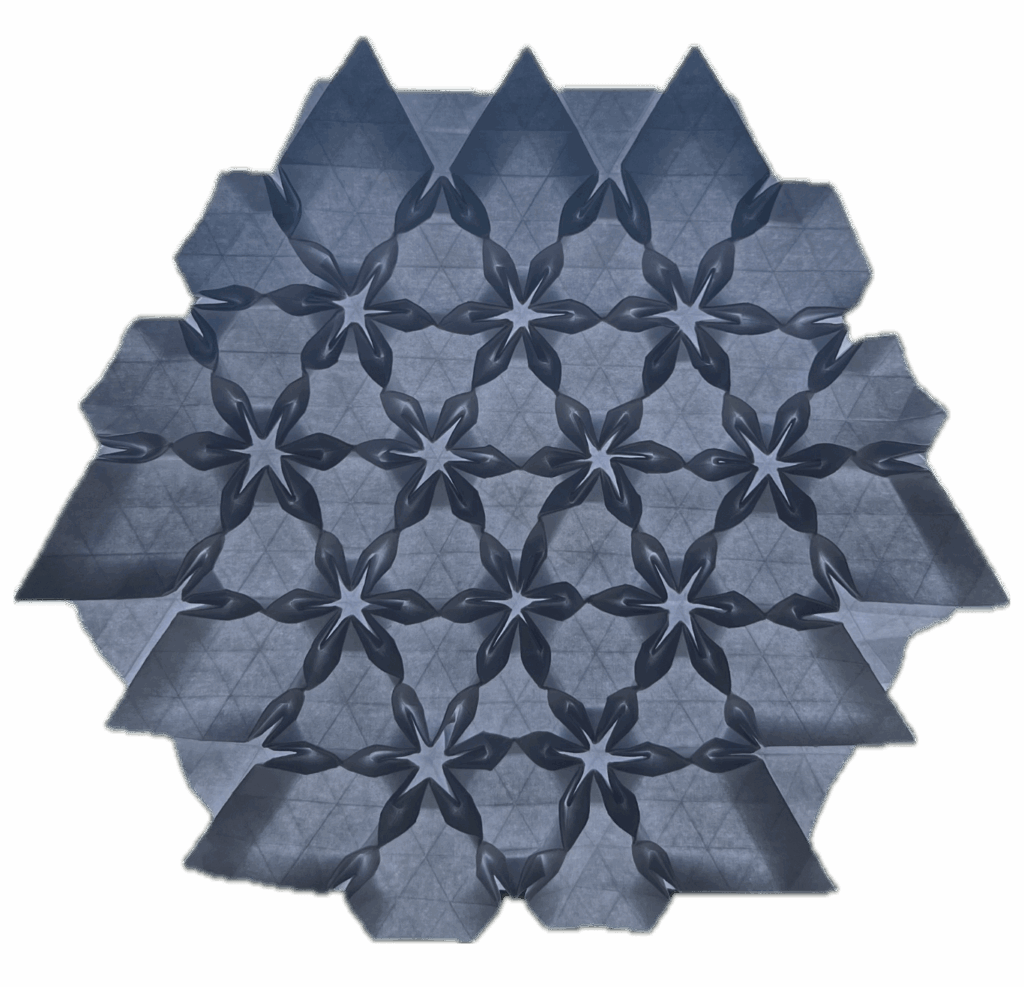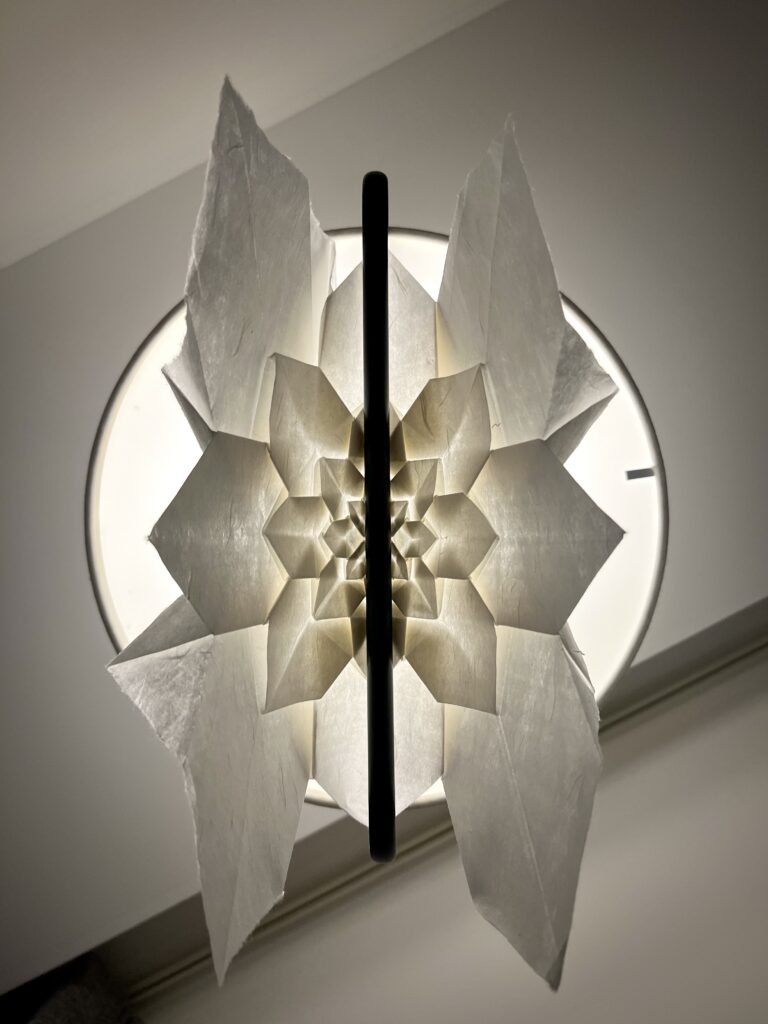From Printer Paper
ANDREW YANG
Growing up in an immigrant household frequently meant sacrificing my passions because of financial hardship and an overwhelming expectation to achieve social mobility. As a young child, when I wanted a new toy but couldn’t afford one, I turned to origami, folding something else from the printer paper we had at home. What started off as a way to create toys transformed into a meaningful emotional outlet – origami became an extension of me. Obstacles and moments of achievement formed the valleys and mountains of my models.
Even now, as an adult with more resources, I still choose to continue folding with mainly regular paper. The principle of using accessible resources preserves my childhood dedication to push my upper limits regardless of circumstance. So I spend countless hours sticking regular sheets of paper together to make larger ones— studying, designing, folding, and pursuing complexity previously unexplored with cheap paper. I am resolved to draw upon origami’s infinite nature to infuse insignificant things with worth.

Last summer, I left the US for the first time since I was seven and traveled to China and Japan. In China, I folded Shuzo Fujimoto’s Hydrangea with beautiful calligraphy paper. I had always made it growing up, and doing so as an adult with special paper embodied the growth I had experienced as a child of immigrants. After China, I encountered what seemed to be a tessellated cherry blossoms piece called どこまでも「花」(Endlessly, ‘Flower’) by 張替亮子 (Harikae Ryōko) in a Japanese origami museum. Moved by the design, I reverse engineered a version of it after I returned to the US. Despite access to more, I still used the same white printer paper I’ve always created with, honoring my past and folding my child-of-immigrants story into every crease.


Andrew Yang
Andrew Yang grew up in central Florida, where he discovered his love for origami at a young age. After moving to the greater Boston area in middle school, he spent high school working on social impact startups, organizing community initiatives, and advocating for the inclusion of Asian American history in Massachusetts public school curriculum. He was awarded the Princeton Prize in Race Relations in 2022 for his work.
Now a sophomore at Harvard studying Computer Science, Sociology, and Spanish, he leads pro-bono software development for nonprofits and student-led impact investing projects. In his free time, he enjoys folding origami tessellations.